Health and Medicine
Explore Health and Medicine
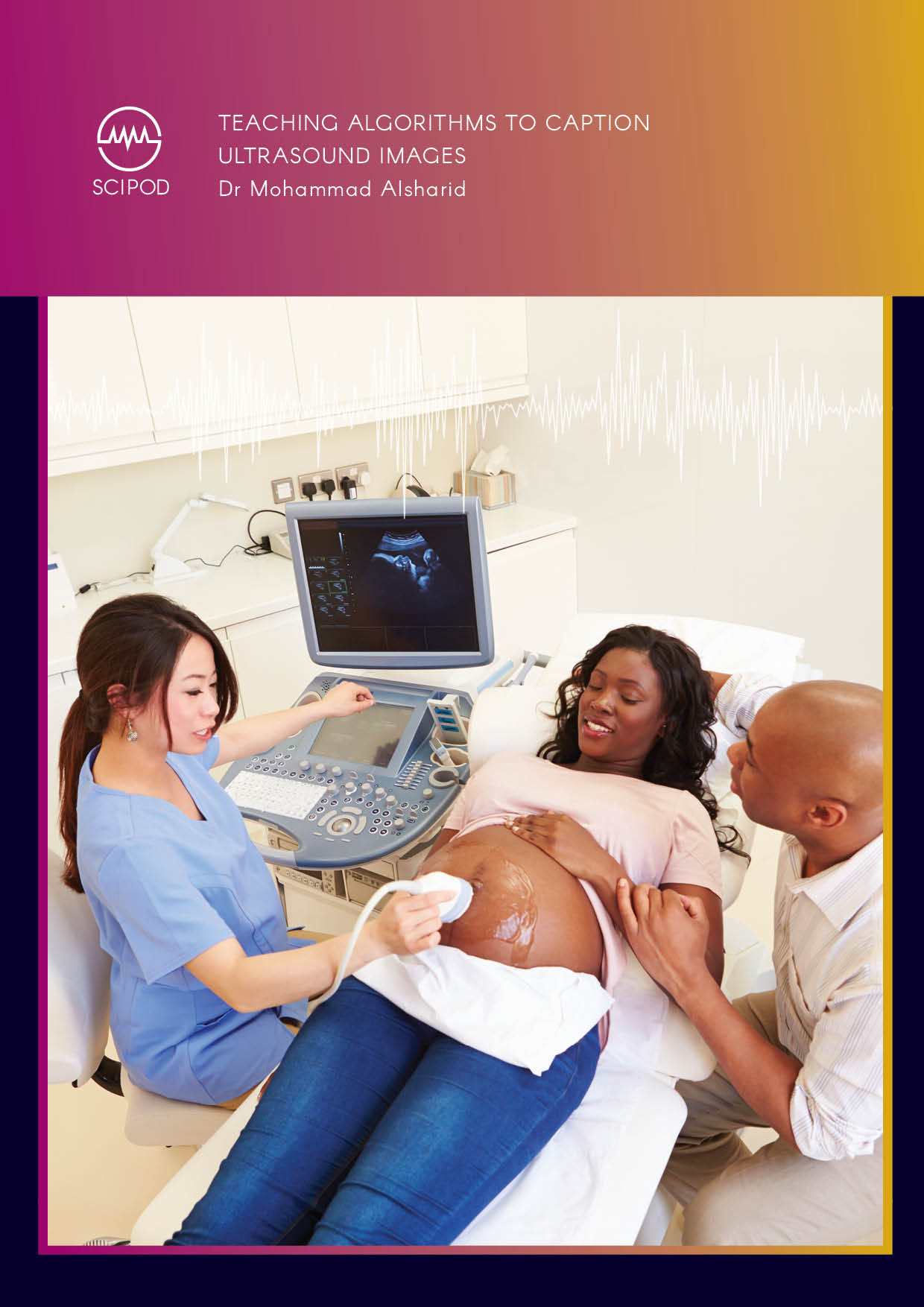
Teaching Algorithms to Caption Ultrasound Images | Dr Mohammad Alsharid
Medical professionals require years of training before they can describe ultrasound images of developing foetuses. Dr Mohammad Alsharid and colleagues from the Institute of Biomedical Engineering and Nuffield Department of Women’s and Reproductive Health at the University of Oxford suggest that this task could one day be carried out by machine learning algorithms. In their latest study, the team showed how neural networks, trained by the expert knowledge of real sonographers, could convert subtle features within the images into accurate, readable captions.

What Makes an Effective Grants Peer Reviewer? | Dr Tiffani Conner
Peer review is a key component in the determination of funding allocation, especially within the science and technology sectors. However, the literature evaluating this process is sparse, often focusing on outcomes rather than the methodology. Dr Tiffani Conner and her colleagues from Oak Ridge Associated Universities in the USA have researched which specific skills are most desirable in a reviewer and how these can be enhanced, whilst also evaluating the impact of review format.
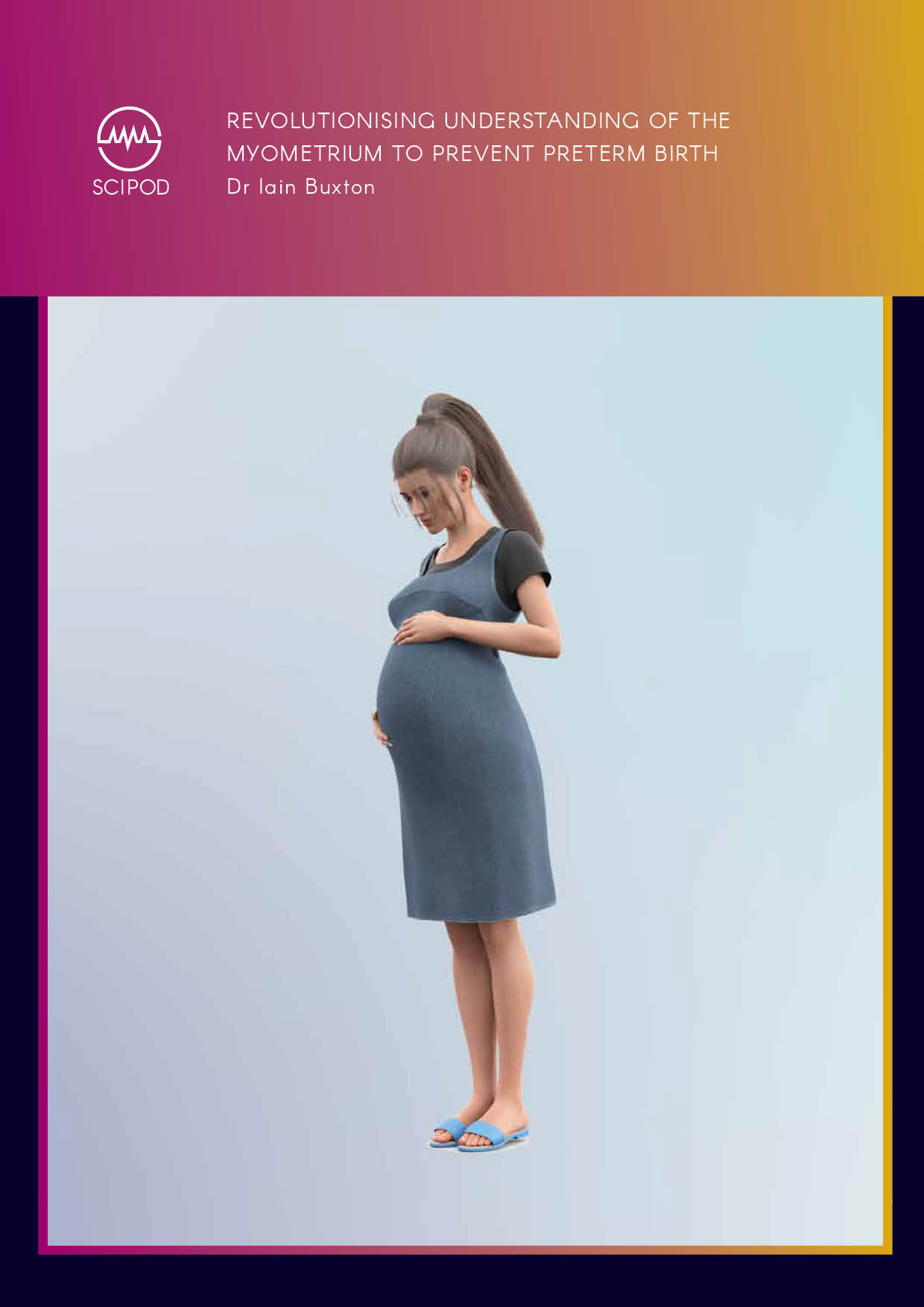
Revolutionising Understanding of the Myometrium to Prevent Preterm Birth
Preterm birth refers to the birth of a baby before 37 weeks of completed gestation. An estimated 15 million babies are born prematurely each year and sadly, this prevalence is rising. Approximately 1 million die as a result of premature birth, and those who survive are at risk of lifelong disabilities. Dr Buxton and his team at the University of Nevada, Reno, are studying the role of the smooth muscle of the uterus to elucidate its role in preterm labour and birth.

Dr Fatima Rehman – A New Biological Tool to Assess the Efficacy of Chemotherapy in Breast Cancer
There is an urgent need for prognostic tools that can accurately predict the outcomes of patients undergoing treatment for breast cancer. Dr Fatima Rehman and her colleagues investigated the relationship between breast cancer prognosis and the secretion of a biological marker called Galectin-3 to drive forward the development of optimised treatment regimes. This work was conducted at Shaukat Khanum Memorial Cancer Hospital and Research Centre in Pakistan.

Using Machine Learning to Predict Bacterial Growth According to the Media Components
Bacterial growth depends on the complex interactions of a multitude of chemical components. Microbiologists have long attempted to predict bacterial growth according to culture media components, and have employed a variety of mathematical and computational models to this end. Dr Bei-Wen Ying and her colleagues at the University of Tsukuba, Japan, successfully applied machine learning to understand the contribution of media culture components to bacterial growth. Their work makes a significant contribution to growth prediction and demonstrates that machine learning can be employed in the exploration of the complex dynamics that regulate living systems.
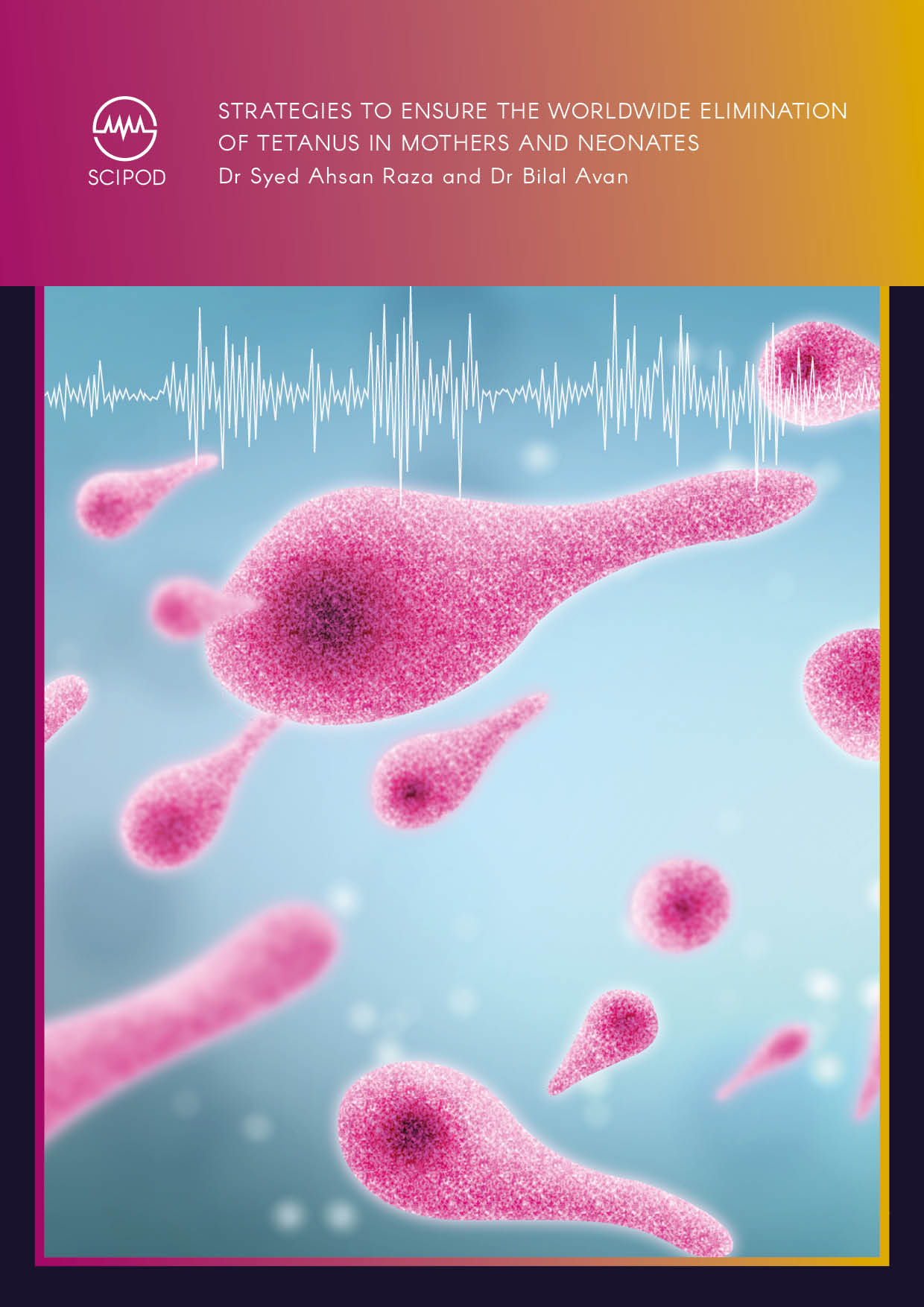
Strategies to Ensure the Worldwide Elimination of Tetanus in Mothers and Neonates | Dr Syed Ahsan Raza
The potentially fatal impact of tetanus on mothers and infants is a serious issue in developing countries. Dr Syed Ahsan Raza at Baylor College of Medicine and Dr Bilal Avan at the London School of Hygiene and Tropical Medicine have recently published their perspectives and insights into this important issue.
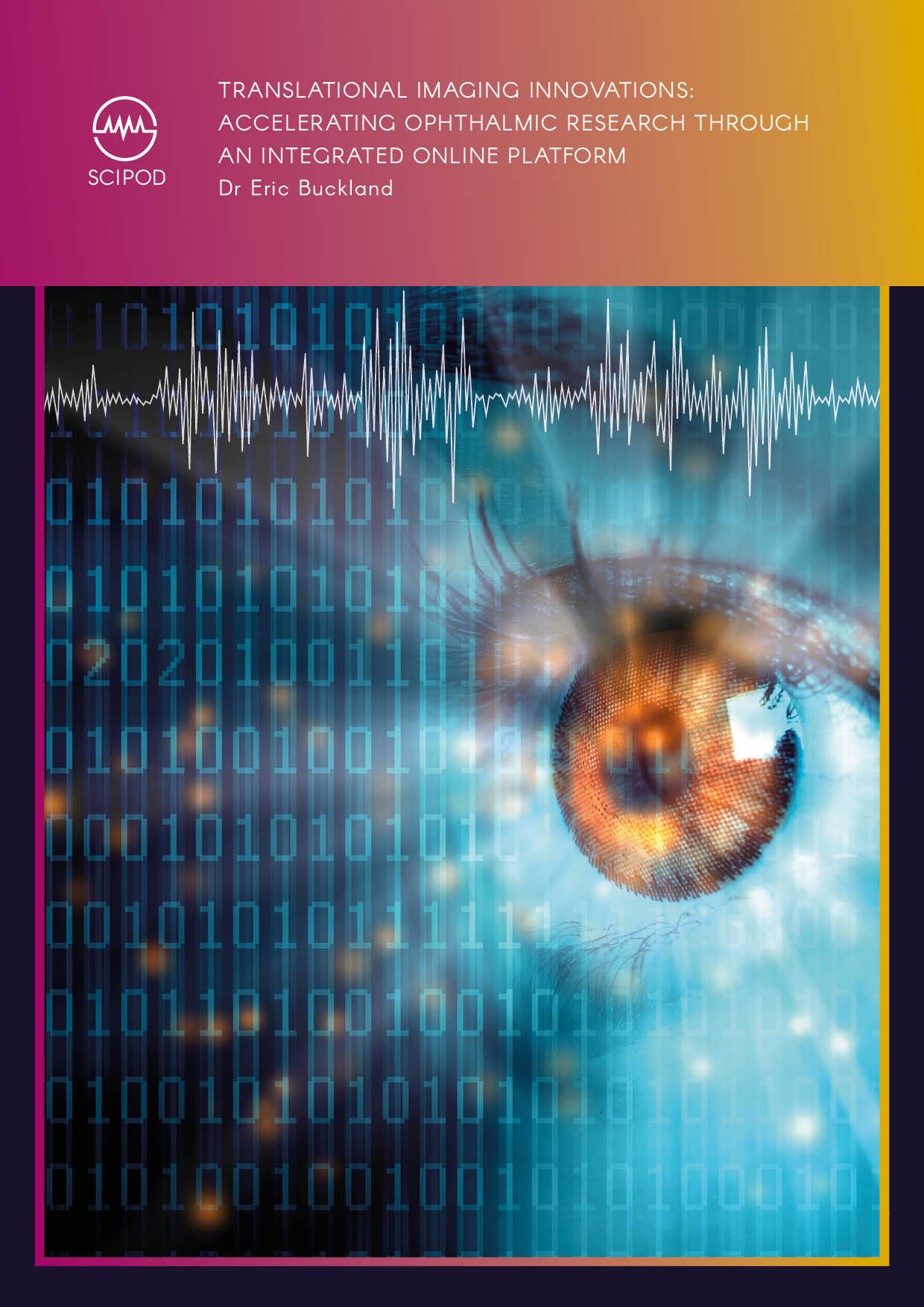
Translational Imaging Innovations: Accelerating Ophthalmic Research Through an Integrated Online Platform
Led by Dr. Eric Buckland, Translational Imaging Innovations, Inc. (TII) provides purpose-driven software systems that drive such ophthalmic research forward. The TII image management platform provides researchers with the tools to manage multifaceted imaging workflows and efficiently organize and analyse complex sets of images and data to accelerate the development of new diagnoses and treatments for eye diseases. By unleashing the power of the eye, TII aims to transform medicine.
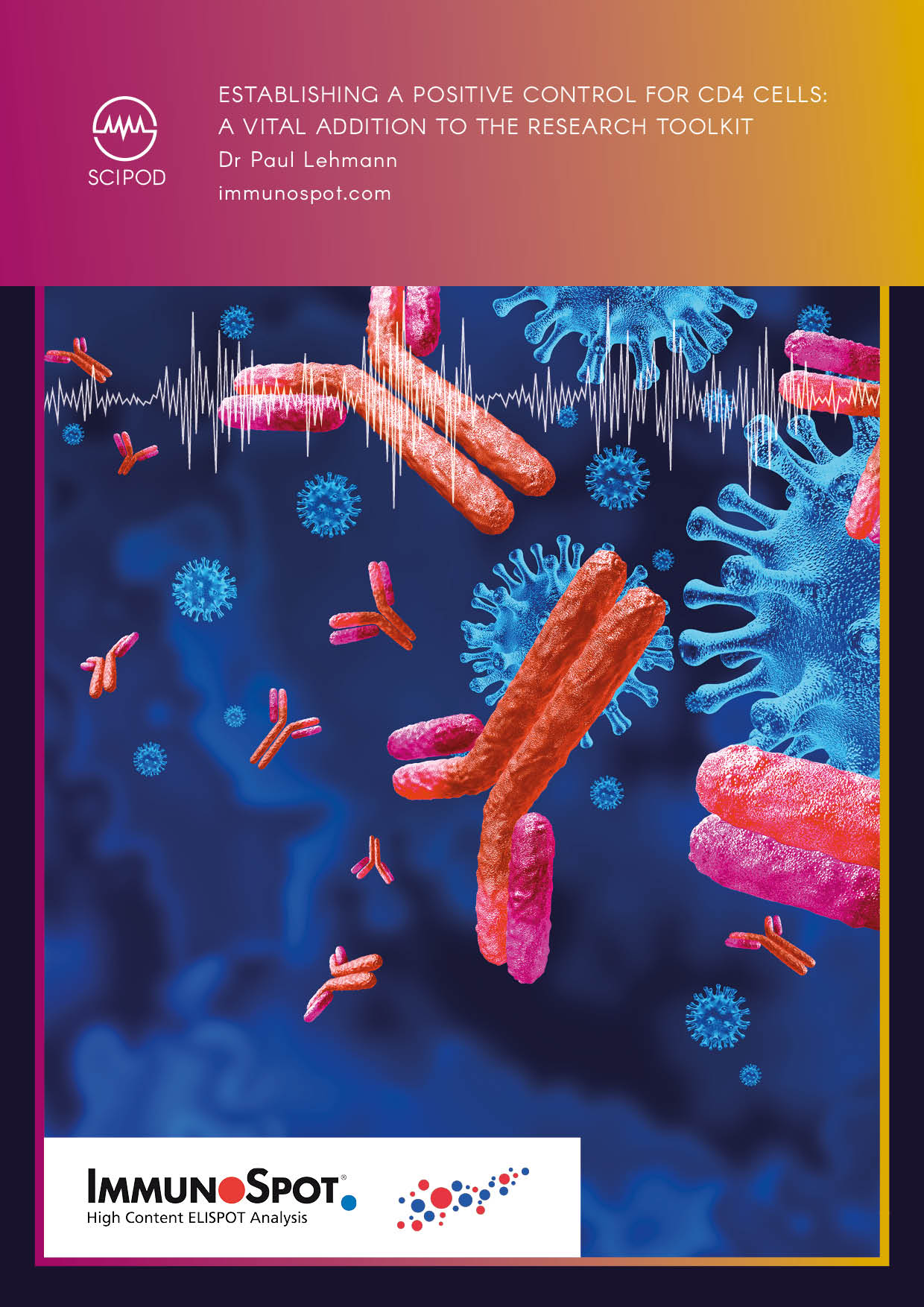
Establishing a Positive Control for CD4 Cells: A Vital Addition to the Research Toolkit
Measurement of CD4 T cell-mediated immunity requires functional tests to be conducted with viable peripheral blood mononuclear cells, PBMC. Recently, scientists at CTL successfully developed a positive control that not only verifies the functionality of CD4 T cells in PBMC, but also that the antigen-presenting cell compartment is unimpaired in the test sample as well.
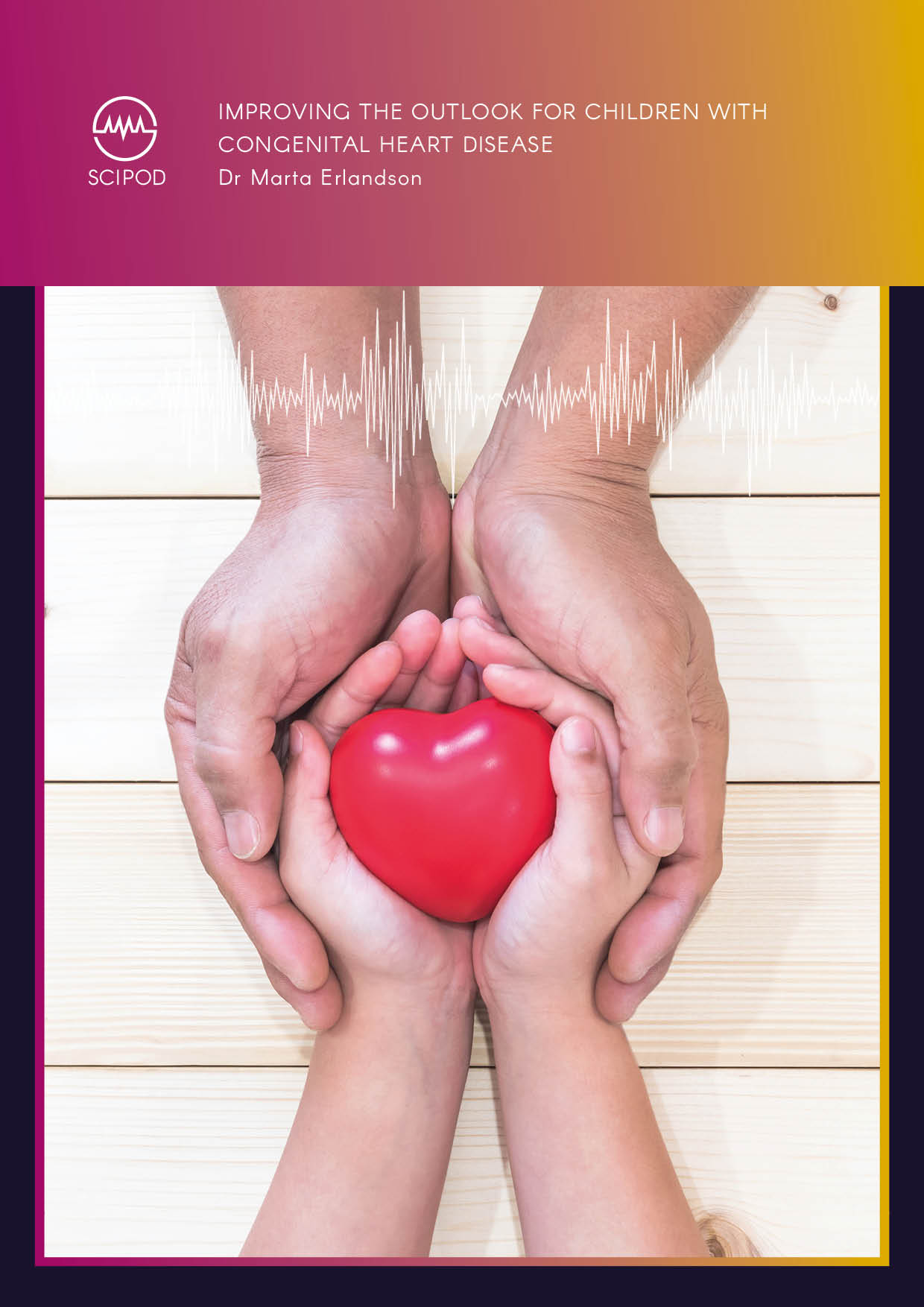
Improving the Outlook for Children with Congenital Heart Disease | Dr Marta Erlandson
Congenital heart disease (CHD) is one of the most common birth defects across the globe. Although prospects and survival rates are improving, there is scant understanding or help available to get children with CHD active. Many believe physical activity is risky or outright dangerous, and as a result, children with CHD are at risk of obesity and other chronic conditions later in life. Dr Marta Erlandson from the University of Saskatchewan has aided the creation of CHAMPS, an innovative program for children with CHD, where researchers and children are learning how to manage the disorder from each other.
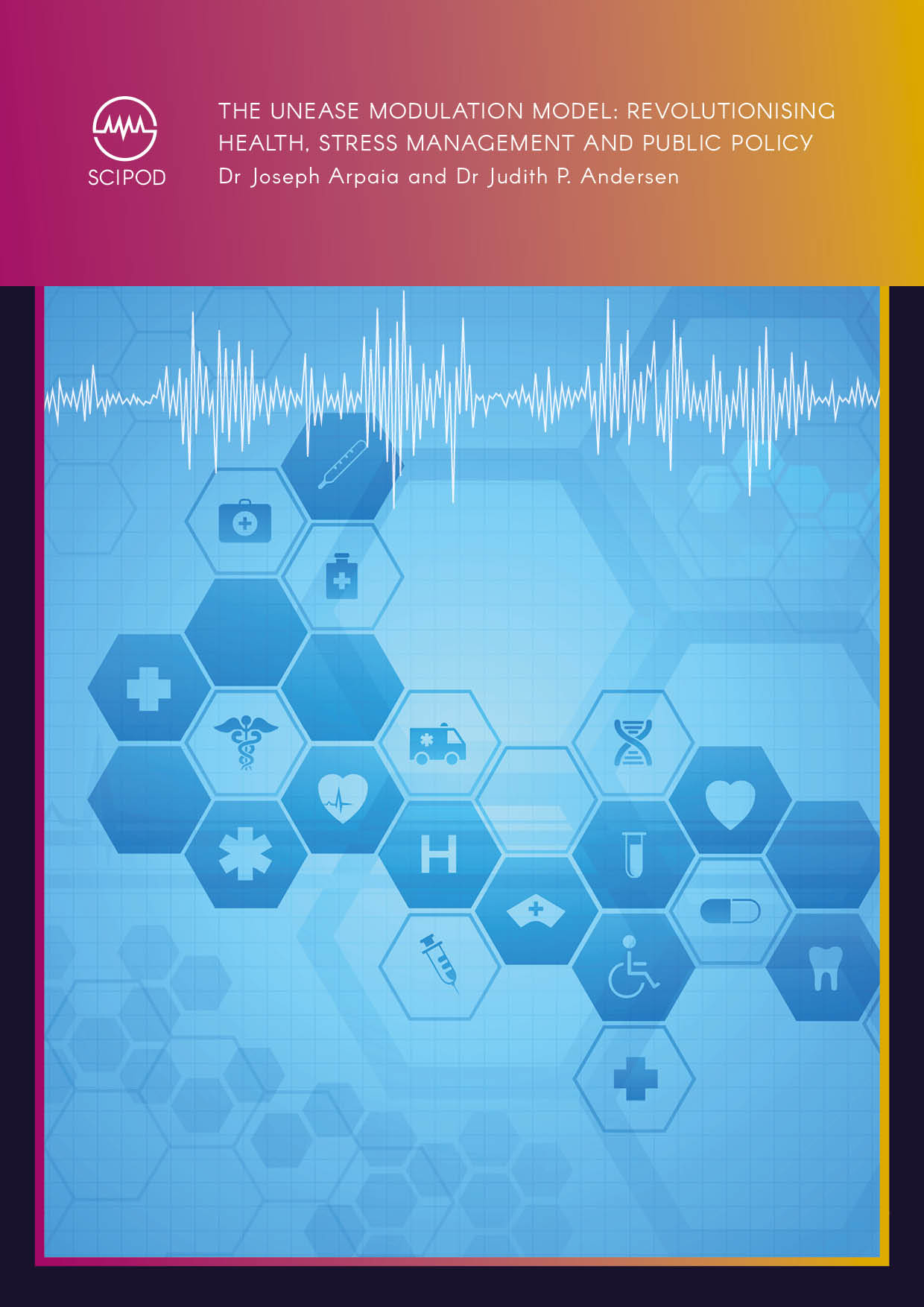
The Unease Modulation Model: Revolutionising Health, Stress Management and Public Policy | Dr Joseph Arpaia – Dr Judith P. Andersen
Stress is inherently prevalent in our lives and can have seriously deleterious impacts on individual health and well-being, as well as society more broadly. Dr Joseph Arpaia a psychiatrist in private practice in the USA, and colleague Dr Judith P. Andersen of the University of Toronto Mississauga in Canada, have proposed a new theoretical account of stress that has the potential to revolutionise clinical care in the fields of psychiatry and addiction, and improve well-being on a global level.
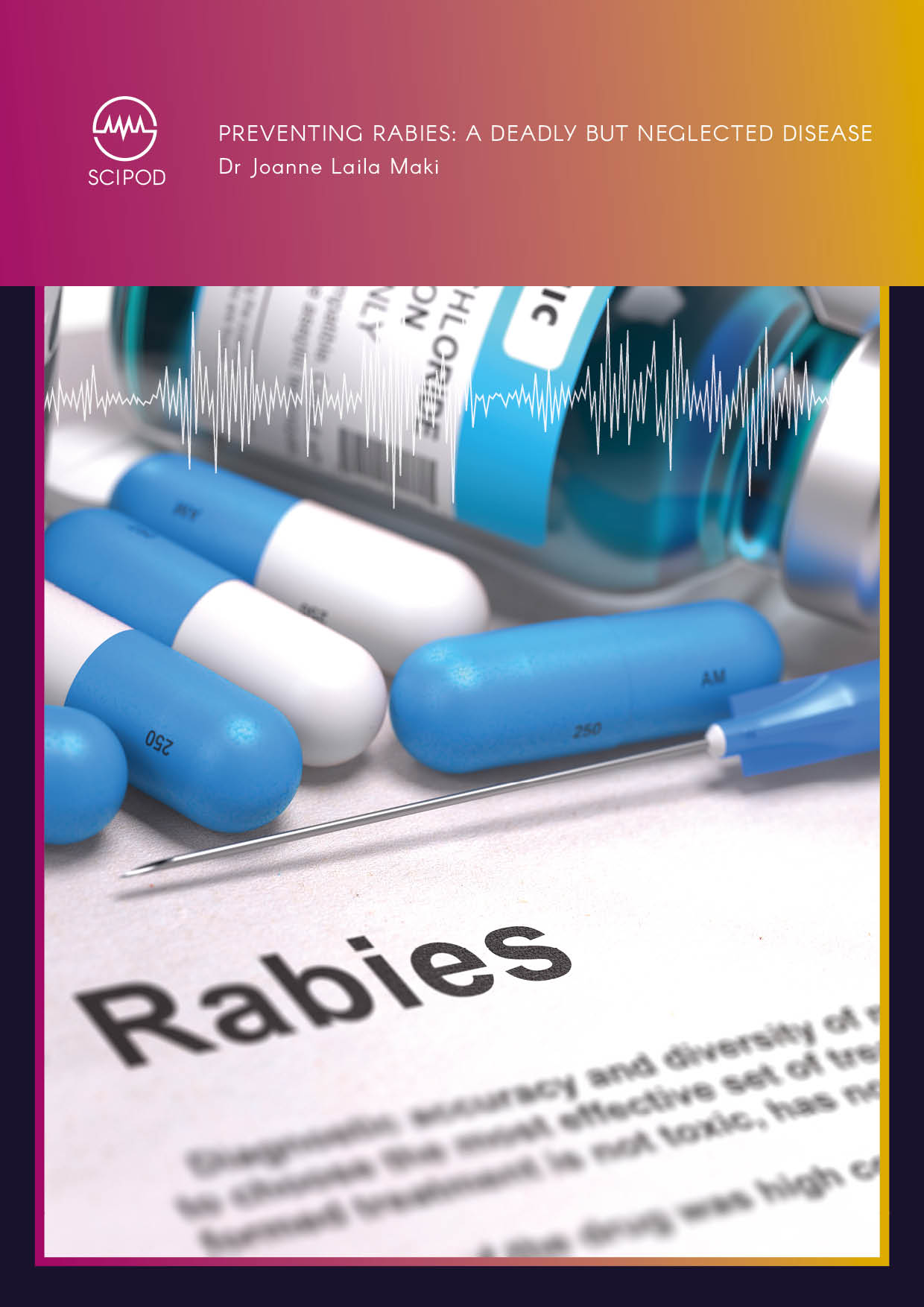
Preventing Rabies: A Deadly but Neglected Disease | Dr Joanne Maki
Rabies is transmitted from animals to humans through the bite of an infected animal, all too often with fatal consequences, particularly in the developing world. Dr Joanne Maki, Technical Director for the Veterinary Public Health Centre at Boehringer-Ingelheim Animal Health, has worked in rabies prevention for 30 years. With extensive background and experience gained in the rabies vaccine industry, Dr Maki shares her perspectives on the call to action to eliminate this deadly zoonotic disease.
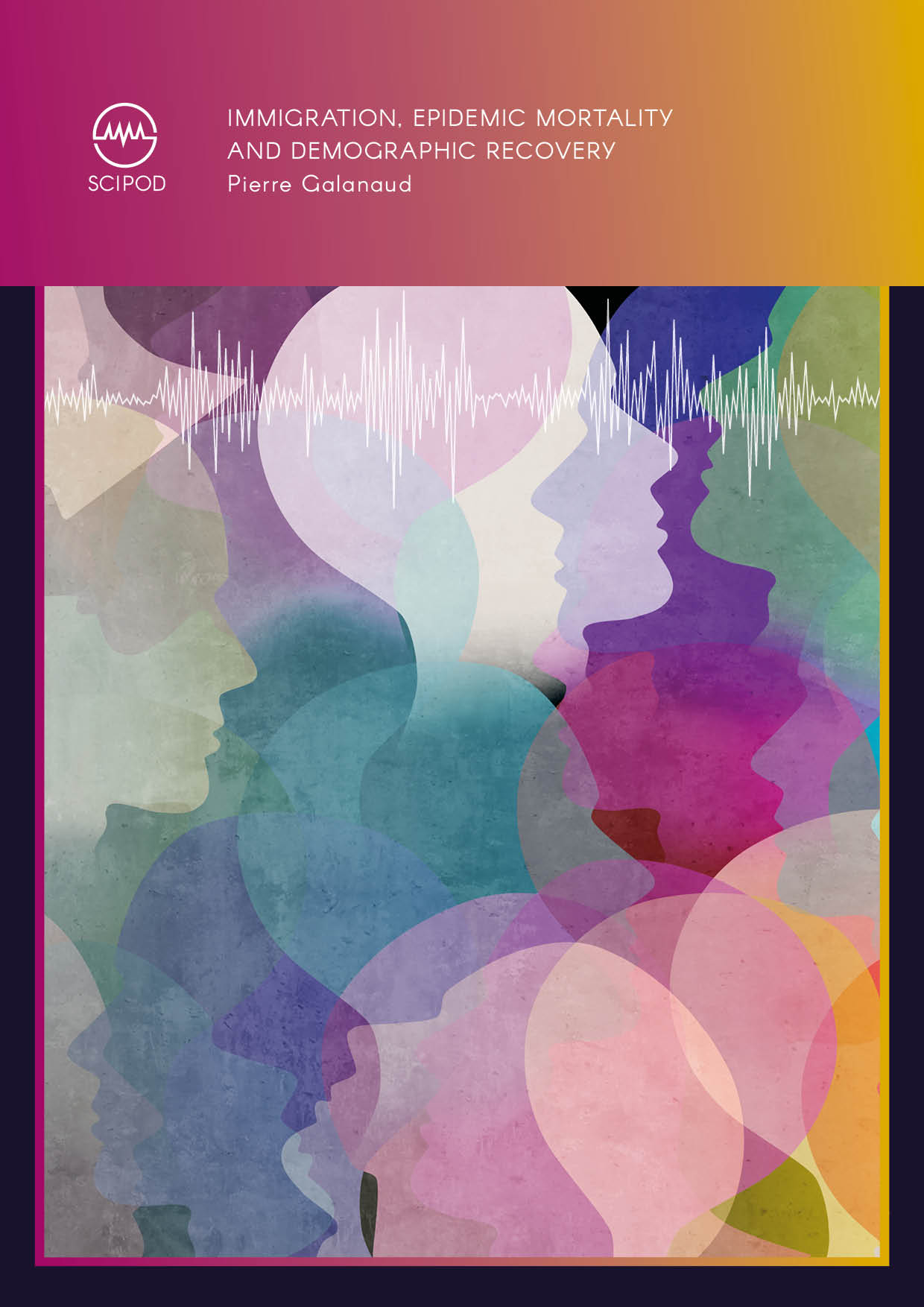
Immigration, Epidemic Mortality and Demographic Recovery | Dr Pierre Galanaud
Dr Pierre Galanaud, an immunologist from Paris-Saclay University and Inserm UMR 996, analysed historical tax records to investigate the impact of epidemics on recent emigrants who experienced the 15th century plagues in Dijon, France. His research highlights the vulnerability of emigrants with low economic status to epidemic-related mortality. More broadly, his work demonstrates the important role that migrants play in population growth and demographic recovery after an epidemic has taken place. These findings are of particular relevance given the current COVID-19 pandemic.
Increase The Impact Of Your Research!
Explore partnership opportunities
Unwind without the hassle. Enjoy fresh audiobooks, delivered free!
